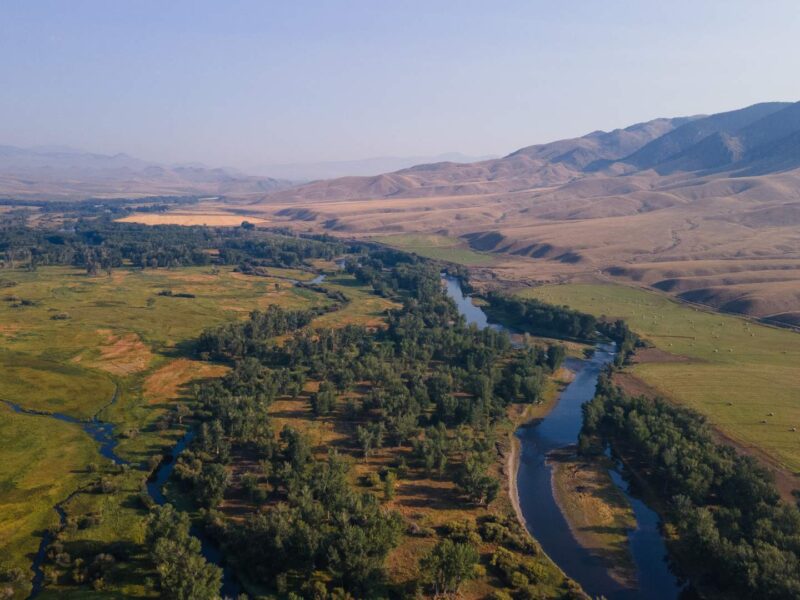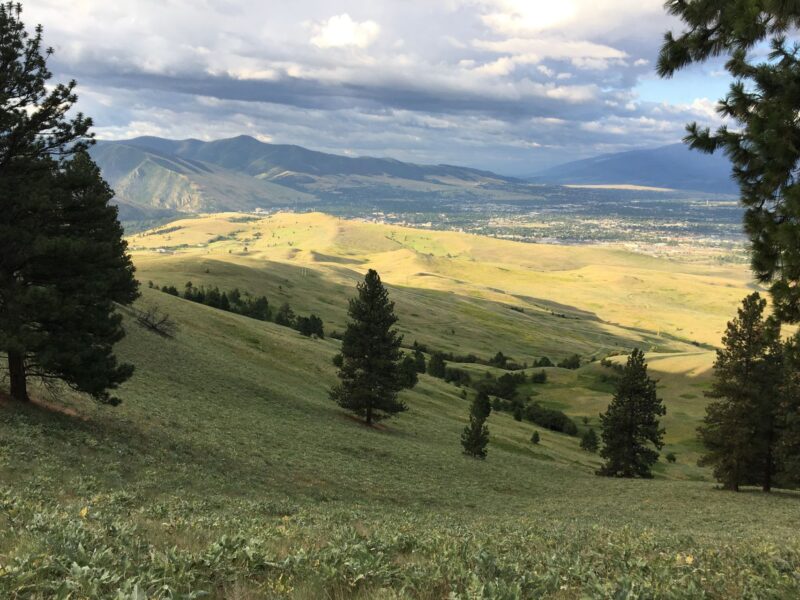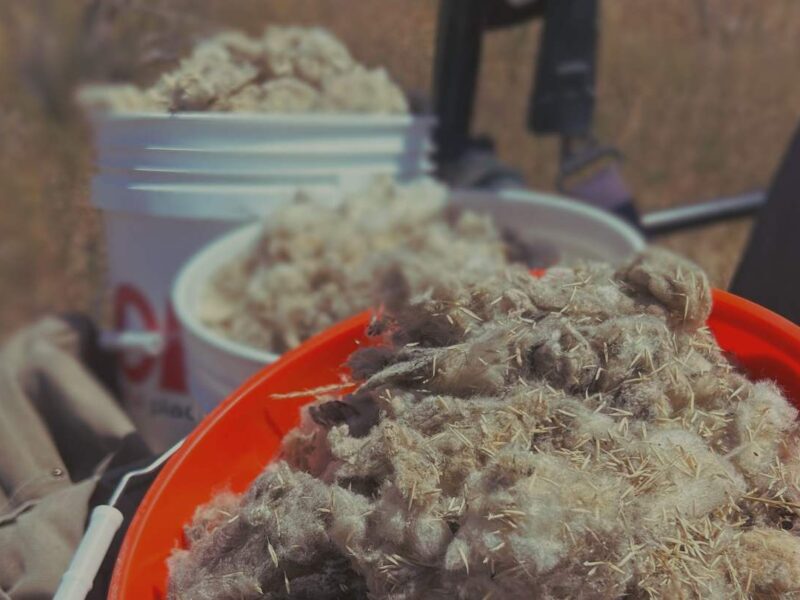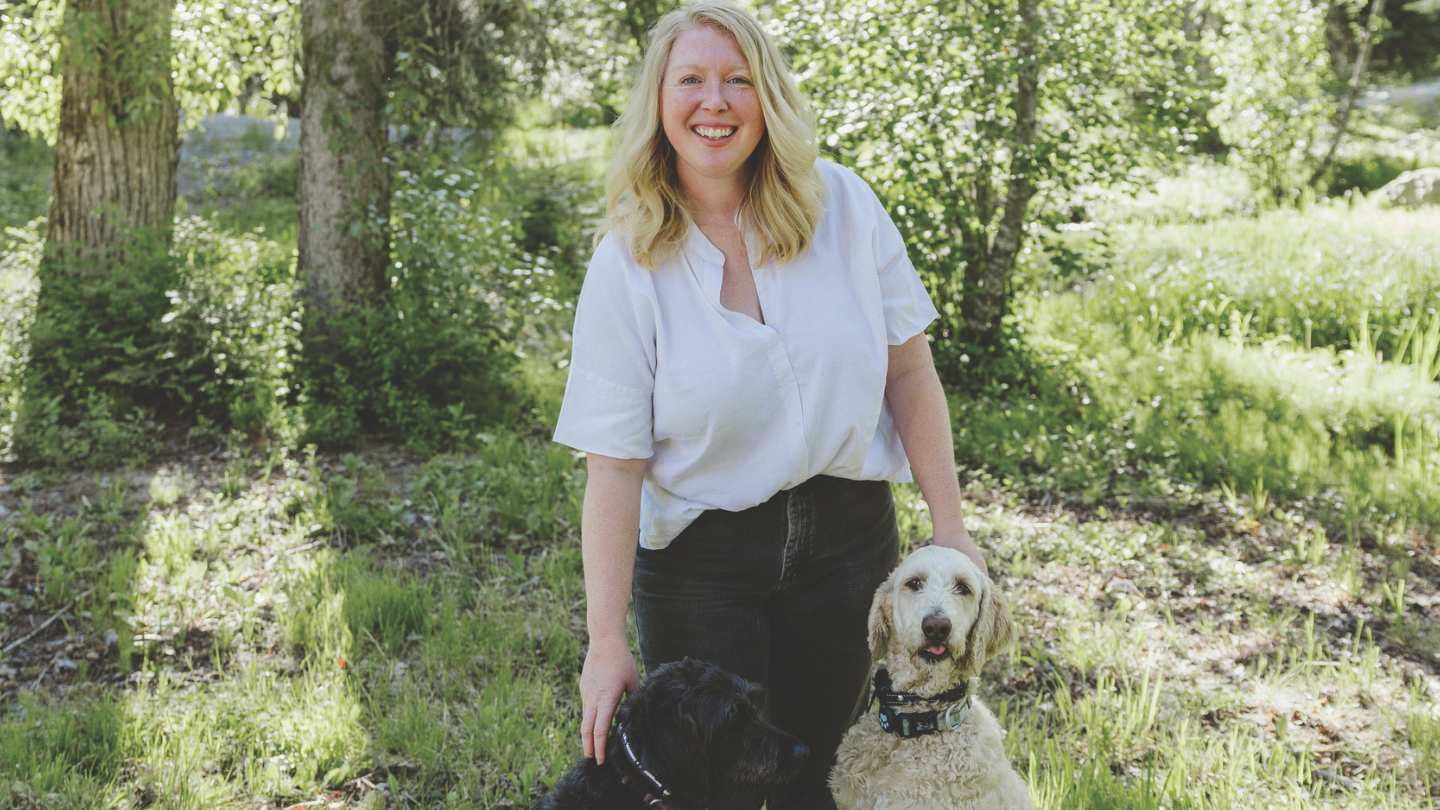
Collaborative conservation is a lifesaver
Sobbing into a soggy potato salad-filled paper plate in a rancher’s garage half an hour south of Malta, Montana, was not on my bingo card. And yet, I found myself in this unexpected potluck moment, sorrow-filled and slack-jawed by a story that forever changed the way in which I approached locally-led place-based conservation.
Luckily, this wasn’t my first-time meeting Conni and Craig French, in whose garage I was sobbing, or the first time they’d seen me cry. This day they were hosting me and a couple dozen area ranchers from either side of the Missouri River. Tears also accompanied my initial encounter with the French family, though that time the salt drops streaming down my face were ones of embarrassment, not heart break. My newly rescued 70-pound doodle, Rose, noted the hospitable welcome we received at the ranch with quite possibly the largest poop she has ever pooped, right in the middle of Conni and Craig’s living room, during breakfast. As I cleaned up the large mess left by my anxious dog, I cried tears of embarrassment and frustration while holding my breath. Since that less-than-ideal moment, Conni and Craig have been friends.
HOLDING SPACE FOR TOUGH CONVERSATIONS
They are the kind of ranchers that dwell in curiosity. Recipients of the Montana 2020 Leopold Conservation Award, the Frenches are constantly inviting others into more attentive observations, deeper questions, and increasingly inclusive and nuanced conversations. Perhaps nothing explains Conni better than the fact that at a recent birthday she celebrated with a dung-beetle themed cake. The beetles – tunnelers, dwellers, and rollers included – being one of the many species Conni monitors as an indicator of the health of their soil and impact of their grazing management. And for over a year leading up to the garage potluck, Conni and Craig joined a monthly virtual call I facilitated which gathered ranchers from Ranchers Stewardship Alliance and Winnett ACES, two area rancher-led collaborative organizations.
The two organizations came together to more intentionally ask questions and center conversation around the challenges of rising land values, complications in family transitions of area ranches, and the many barriers to land access for the next generation. Ultimately, these meetings aimed to define the situation, the problem, and the solution in terms of what role each of these rancher-led groups could uniquely play to achieve their respective missions and serve their agriculturally dependent communities in the intact grassland of the Northern Great Plains across portions of central and eastern Montana. After many online meetings filled with meaningful conversation, worthwhile tension, and countless “I think you’re muted” moments, we gathered at Conni and Craig’s in person to breathe into the vulnerability we had held in the virtual space. We met with the hopeful intention that in the physical sharing of space we could expand our ability to hold what is inherently hard as we creatively approached a collective solution.
ALL FIVE CHECKS BOUNCED
We began the potluck lunch with a welcome from the host, which included Conni showing us her plastic totes full of worms in the process of creating compost to be used for a soil-feeding tea to jumpstart the “herd underground” on the ranch. Following the intro, each folding table held an ice-breaker event to connect participants to one another. As I passed out quarters to each rancher at our table, I asked them to look at the year on their quarter and think of a story from that year to share with the table. I prompted them to think of a memory that they could tie to community, agriculture and conservation. To my left, the stories began with tales of a young woman bright-eyed meeting her rancher husband at University of Montana in Missoula, of the first year a then-young man was in charge of night calving the heifers, and of the year a family found friendship in their Ranching for Profit Executive Link Group.
Then we got around to Bud Walsh. Bud and his wife Sheila had become friends of mine through Ranchers Stewardship Alliance. An enrolled member at Fort Belknap Indian Community, Bud had grown up ranching in Phillips County. Now with many decades of experience behind them, the Walshes continued to show up to mentor the next generation and share their own family triumphs and trials through succession and grazing management with their community. Bud’s quarter read “1988.” And as he is known for, Bud began crafting a story that had everyone at our table riveted. He had all of us in stiches laughing over tales of exciting late nights on the local rural police force complete with car chases and catching the bad guy. And then his tone changed as we shifted to the drought of the late 1980s in north central Montana. Low precipitation and high interest rates put many ranchers in a place where many were forced to destock significantly. Five ranchers, including Bud, liquidated most of their herds, all selling to the same buyer. All five checks bounced.
In the years that followed, the five ranchers formed an entity to legally go after the crooked cattle buyer. Within about two years and after immense legal bills, they were each able to recover fifty cents on the dollar. However, by that time only three of the ranchers remained – the other two ranchers took their own lives due to the weight of the stress, unable to make it out of the mentally and emotionally devastating time.
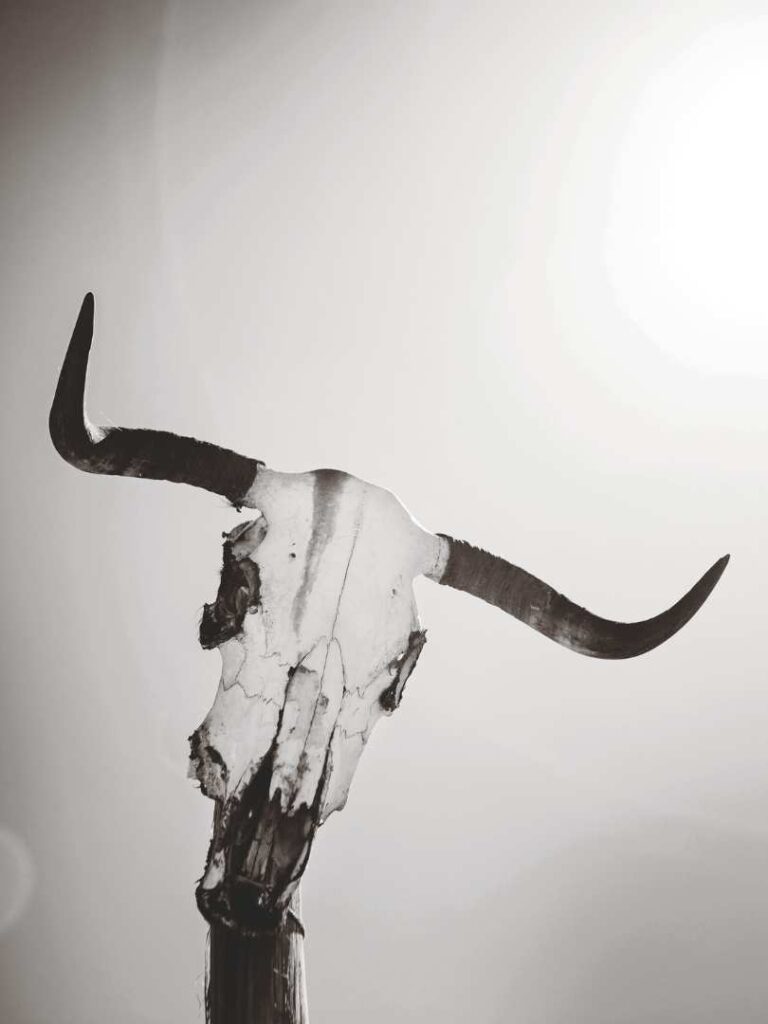
“We’re able to catch people struggling sooner, hopefully before it’s too late.”
Bud Walsh
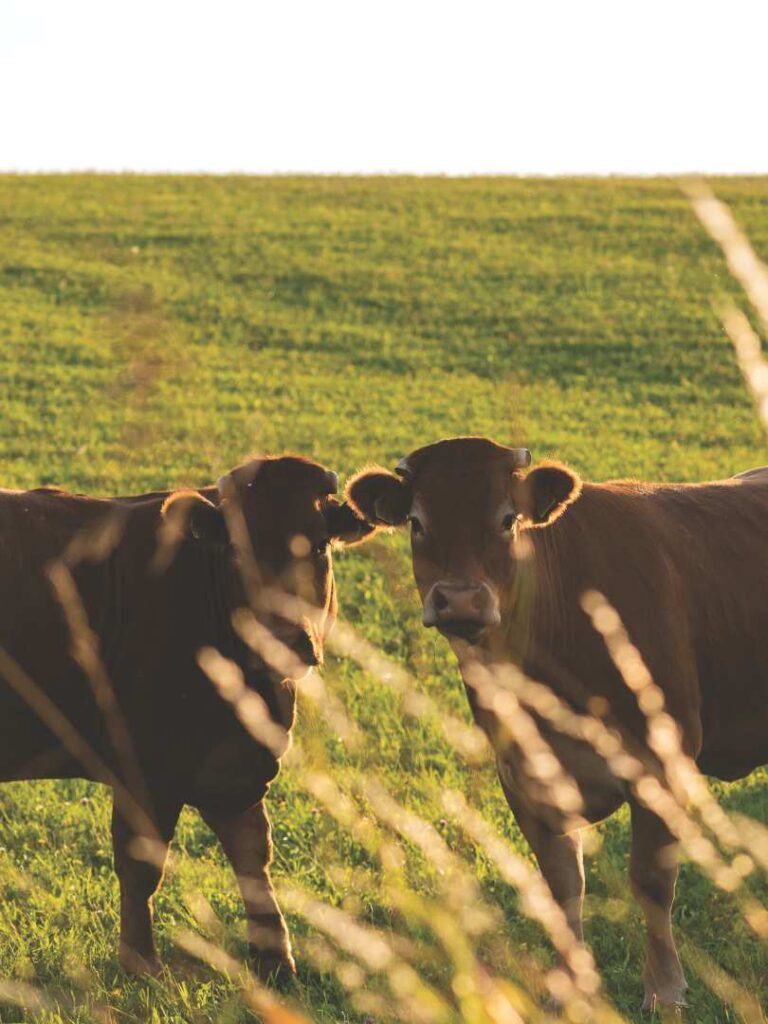
WON’T HAPPEN AGAIN
And so here I was, sobbing into my potato salad. Snot and tears streaming down my face pooling in the divisions on the paper plate. When I thought I couldn’t possibly pull it together and facilitate the meeting that was to follow, Bud spoke up from his long pause and said, “But I know that won’t happen again, not anymore.” And before I could find my voice to ask why, he went on to say, “because of the Matador Grassbank and Ranchers Stewardship Alliance.”
Started in 2001, the grassbank is an innovative arrangement where a dozen or so ranchers run their cattle in common on the Matador Ranch, owned by The Nature Conservancy. For taking part in voluntary conservation actions on their own ranches, The Nature Conservancy offers lessee ranchers discounts on their lease rate on the grassbank. The rancher members of the grassbank come together as a group three or four times a year to make management decisions. Bud recalls times when they discussed when to put in bulls and which pastures to graze at which times during the season to help increase the diversity of forbs and both cool and warm season grasses.
These management meetings double as unofficial community check-in points, according to Bud, as do the RSA education events held throughout the year. Bud tells us how before the grassbank and RSA, he knew his neighbors from passing on the county road, rarely exchanging more than a one-finger wave over months at a time. But now, the conservation effort in the community provides a container, a meeting place, a renewed reason to share space with others. And in this time together, Bud says he notices when people seem filled with doom or are despondent and discouraged about life or are generally seeming more depressed. “We’re able to catch people struggling sooner, hopefully before it’s too late,” Bud says.
I think about this potluck on a regular basis. With this memory imprinted on my heart, I understand that these rancher-led community groups and creative land management organizations like the grassbank are saving more than just the acres of critical grassland or core habitat for sage grouse or mule deer. They are saving families. They are saving lives.
Main photo caption: Kelly Beevers with her two rescue dogs, Lupin and the late Rose, in Bigfork, Montana. Working together with ranchers to solve the challenges facing rural communities in Montana has become her life’s work.


